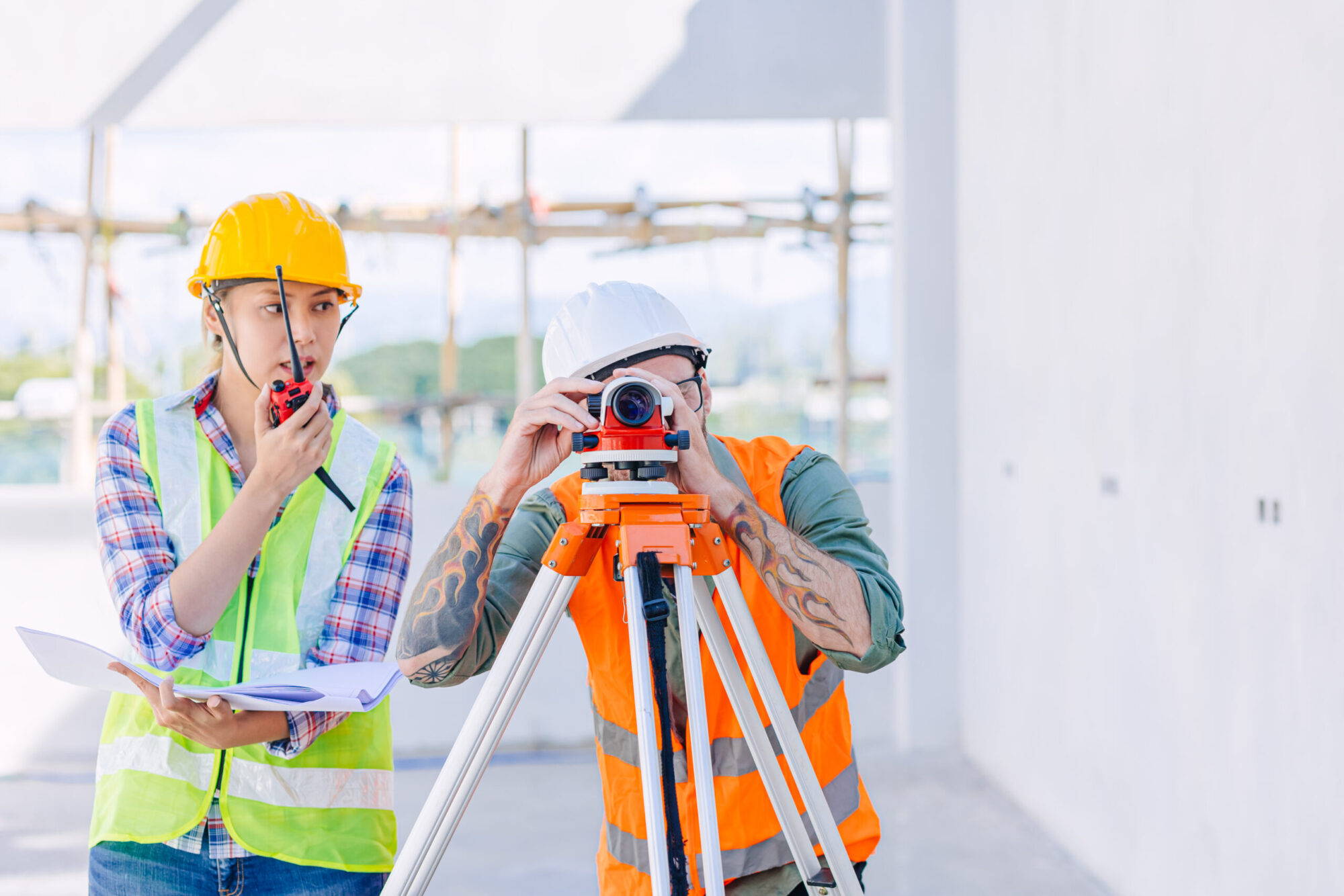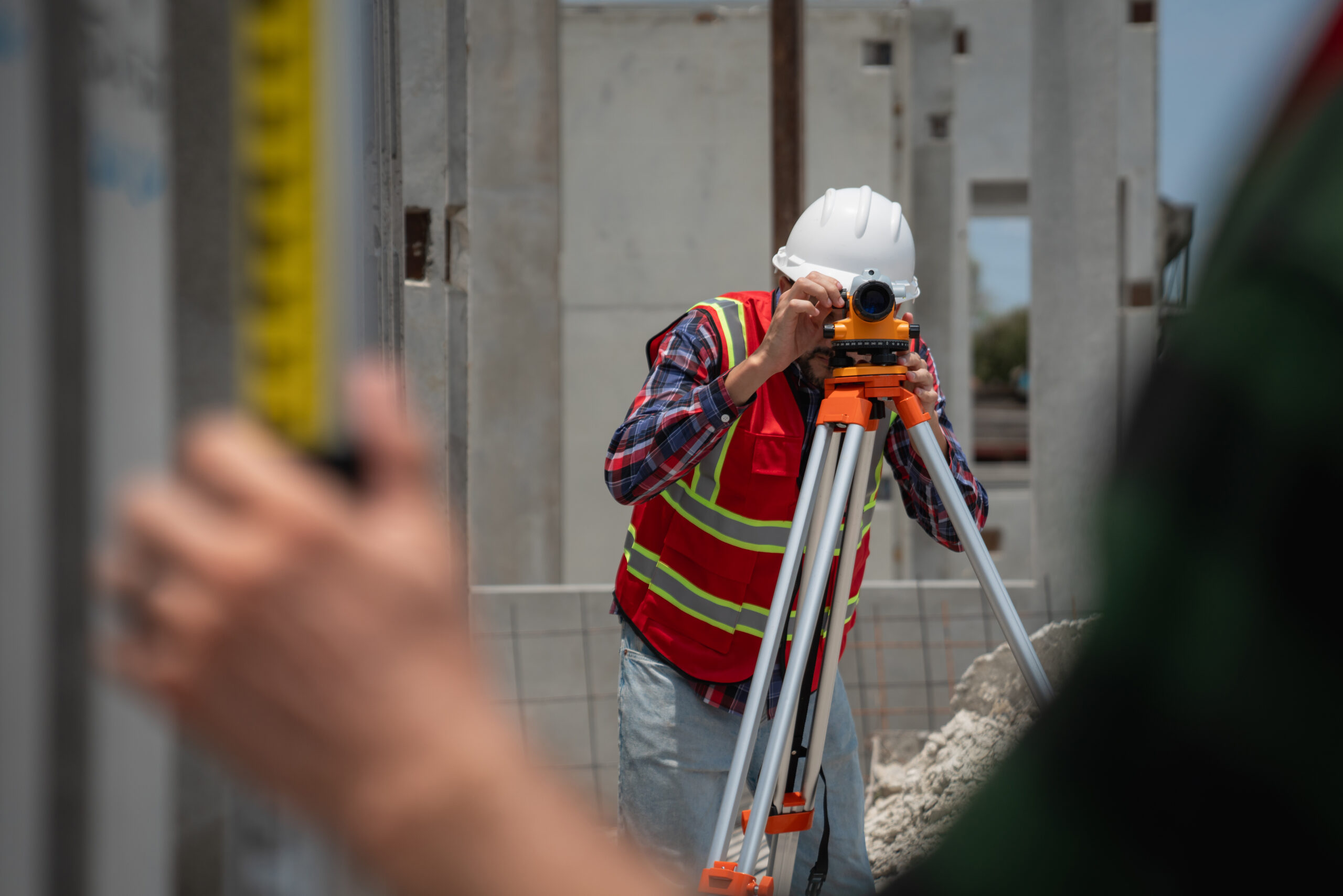
How Accurate Subsurface Data Keeps Construction on Track
June 28, 2025 3:47 pmWhy Subsurface Data is the Bedrock of Modern Construction
Imagine this: your team breaks ground on a new residential development, only to unearth a labyrinth of uncharted Victorian-era sewage tunnels. Work halts, costs spiral, and your reputation takes a hit. Sadly, this scenario is far from rare. In the UK, 62% of construction projects face delays due to unforeseen subsurface conditions, costing the industry over £1.5 billion annually.
Accurate subsurface data isn’t a luxury, it’s your first line of defence against these risks. By revealing hidden utilities, unstable ground, and archaeological features, it transforms uncertainty into actionable intelligence. Let’s explore how advanced construction surveys, utility mapping, and cutting-edge technologies keep projects on track, compliant, and profitable.
What Lies Beneath? The Hidden Risks in Subsurface Data
-
Buried Utilities: The Silent Saboteurs
The UK’s subsurface is a tangled web of over 2.5 million km of underground pipes and cables. From gas mains laid in the 1950s to modern fibre-optic networks, striking these assets can have dire consequences:
- Safety risks: Gas leaks, electrocution, or water contamination.
- Financial penalties: Thames Water fines up to £50,000 for damaging sewage assets.
- Project delays: Average downtime from utility strikes: 8-14 days.
-
Ground Stability: The Unseen Threat
Former mines, natural voids, or contaminated soils lurk beneath 15% of UK building sites. Without proper survey data, these can lead to:
- Foundation failures
- Sinkholes
- Environmental clean-up costs exceeding £100,000
-
Archaeological Surprises
Under the Ancient Monuments Act, uncovering unrecorded heritage features can halt projects for months. A Crossrail project in London faced a £40m delay after discovering 13th-century skeletons.
The Anatomy of a Construction Survey: Beyond Surface-Level Insights
A comprehensive construction survey is like a medical scan for your site, revealing both surface and subsurface conditions. Here’s what it typically includes:
-
PAS128 Utility Mapping Surveys
The UK’s PAS128 standard is the gold standard for utility detection, classifying data into four accuracy tiers:
| PAS128 Level | Accuracy | Methods Used |
|---|---|---|
| D | Desktop study only | Historical records, utility plans |
| C | ±1m vertical/horizontal | Basic EML (Electromagnetic Location) |
| B | ±500mm | EML + GPR (Ground Penetrating Radar) |
| A | ±150mm | EML + GPR + verification pits |
At Castle Surveys, our Level A surveys combine:
- EML: Traces metallic utilities up to 6m deep.
- GPR: Detects non-metallic pipes, voids, and concrete structures.
- Vacuum excavation: Non-destructive potholing to confirm depths.
-
Topographic Land Surveys
Using 3D laser scanning and drones, we map surface features with ±10mm accuracy. This data helps:
- Identify drainage issues
- Plan access routes
- Integrate with BIM for clash detection
-
Geotechnical Investigations
While not strictly surveys, soil tests (like cone penetrometer trials) assess:
- Bearing capacity
- Contamination levels
- Water table depth

Cutting-Edge Technologies Revolutionising Subsurface Data
-
Ground Penetrating Radar (GPR): Seeing Through Soil
How it works: High-frequency radio waves bounce off subsurface objects, creating detailed cross-sectional images.
Best for:
- Locating plastic water pipes
- Detecting voids under concrete slabs
- Mapping rebar in foundations
Limitations:
- Struggles in clay soils
- Limited to 4-6m depth
-
Electromagnetic Location (EML): Tracking Metallic Lines
How it works: A transmitter induces a signal into metallic utilities, which a receiver detects above ground.
Best for:
- Tracing electricity cables
- Mapping gas mains
- Avoiding signal interference in urban areas
-
LiDAR-Enabled Drone Surveys
While primarily for surface mapping, drones with LiDAR can:
- Detect subtle ground subsidence
- Map quarry stockpiles
- Monitor excavation progress
Real-World Impact: Case Studies in Subsurface Success
Case Study 1: Rescuing a Retail Development in Birmingham
A developer planned a £20m shopping complex but faced delays after hitting uncharted telecoms ducts. Our team conducted a PAS128 Utility Mapping Survey, revealing:
- 12 undocumented utilities
- A collapsed Victorian culvert
By redesigning the basement early, the client avoided £850,000 in rework and completed the project on schedule.
Case Study 2: Stabilising a Manchester Housing Estate
Cracks appeared in new homes due to undetected mine workings. Our GPR survey identified:
- 3m-deep voids beneath 4 plots
- 200m of unstable ground
Grouting these areas pre-construction saved £300,000 in potential structural repairs.
The Cost of Ignorance: Why “Winging It” Fails
Skipping subsurface surveys might save £5k upfront, but consider the fallout:
| Risk | Average Cost | Likelihood |
|---|---|---|
| Utility strike | £30k-£150k | 1 in 50 sites |
| Ground collapse | £100k+ | 1 in 20 sites |
| Archaeological delay | £50k/day | 1 in 100 sites |
| Design rework | 5-15% of project budget | 1 in 10 sites |
Source: UK Construction Intelligence Report 2025
From Data to Action: Integrating Subsurface Insights
Step 1: Pre-Design Feasibility
- Use topographic surveys to model terrain.
- Flag no-dig zones in BIM models.
Step 2: Risk Mitigation Planning
- Reroute utilities before breaking ground.
- Plan piling depths to avoid unstable strata.
Step 3: Real-Time Monitoring
- Equip excavators with GPS-guided avoidance systems.
- Update models with as-built surveys post-construction.
Legal and Compliance Considerations
-
CDM Regulations 2025
Under the Construction (Design and Management) Regulations, clients must:
- Identify foreseeable subsurface risks
- Share survey data with all contractors
-
Water Industry Act 1991
Damaging a public sewer can lead to:
- £50,000 fines (per incident)
- Criminal charges for repeat offenders
-
Environmental Protection Act 1990
Contaminated land discovered post-construction becomes the developer’s liability, even if previous owners caused it.
FAQs: Your Subsurface Data Questions Answered
Q: How much does a PAS128 survey cost?
A: Prices start at £1,200 for a small site (0.5 acres). Larger sites average £2,500-£5,000.
Q: Can GPR detect plastic pipes?
A: Yes, but only if they’re >100mm diameter and within 2m depth.
Q: How often should surveys be updated?
A: Before major design phases and after significant site changes.
Conclusion: Subsurface Data – Your Project’s Insurance Policy
In construction, what you don’t know can hurt you. Accurate subsurface data isn’t just about avoiding disasters, it’s about building smarter, faster, and within budget. From PAS128 utility maps to geotechnical insights, these surveys pay for themselves many times over in risk reduction and efficiency gains.
At Castle Surveys Ltd, we’ve helped several clients navigate the hidden challenges beneath their sites. Whether you’re planning a housing estate, retail park, or infrastructure project, our expertise turns subsurface unknowns into actionable intelligence.
Don’t gamble with guesswork. Contact Castle Surveys today for subsurface data that safeguards your project’s success.
This post was written by Paul Jackson

Comments are closed here.